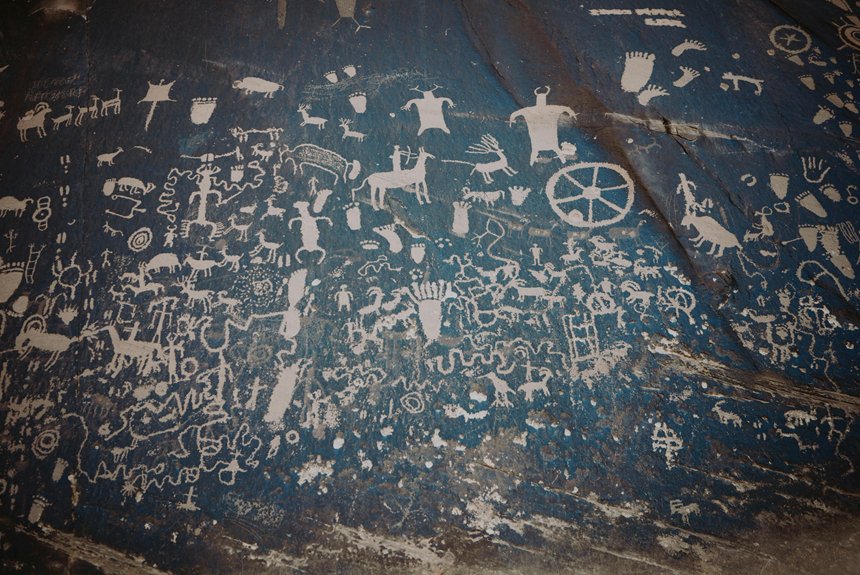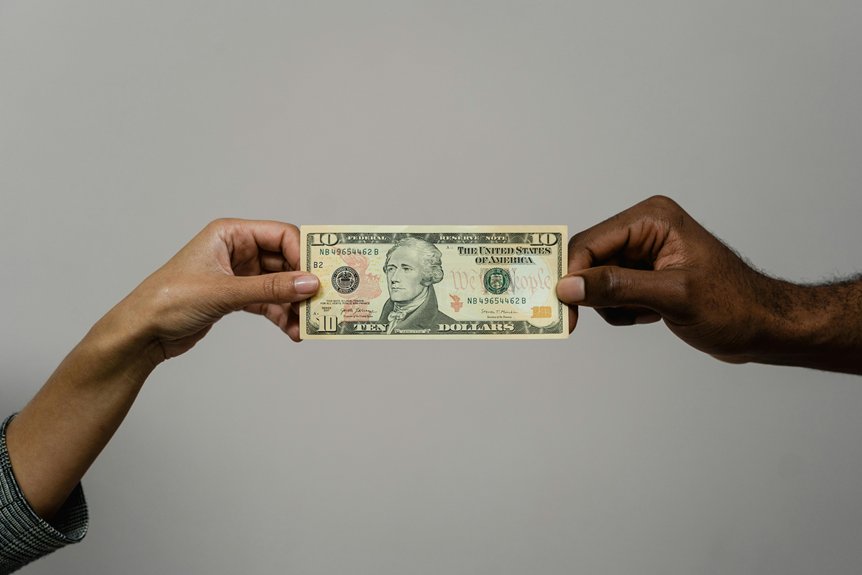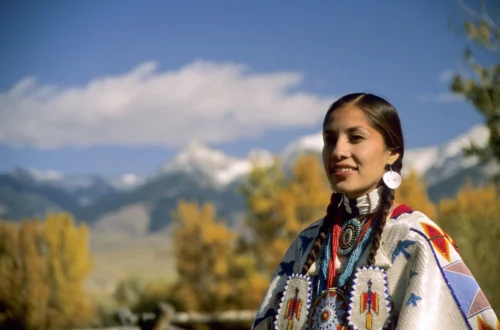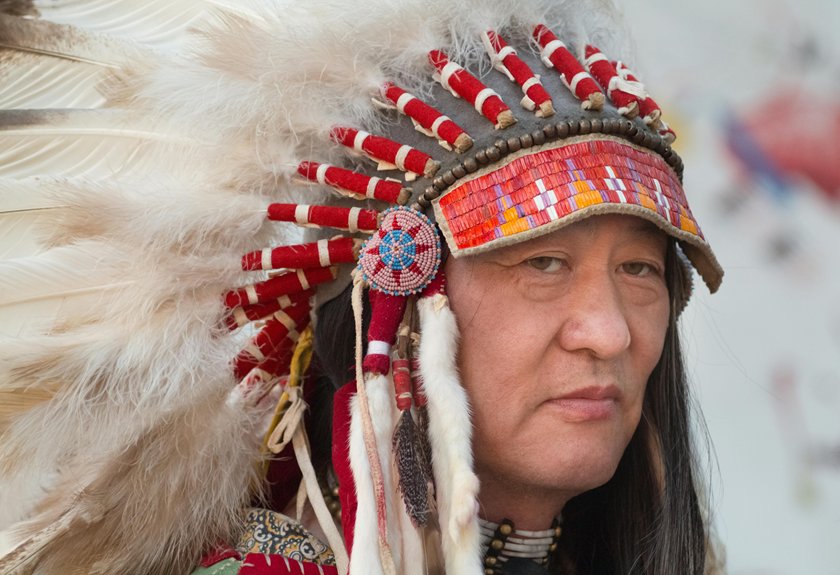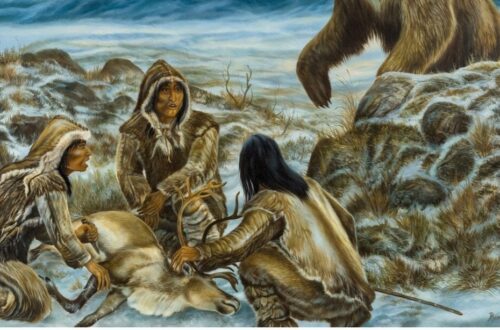You might be surprised to learn that Native Americans didn’t have horses before the Spanish arrived in the late 15th century. The introduction of horses dramatically altered their way of life, enhancing mobility and transforming economies. As you explore their journeys with these powerful animals, you’ll discover how horses became woven into the very fabric of tribal cultures, impacting everything from trade to spirituality. What other surprises might you uncover about this remarkable relationship?
The Arrival of Horses in the Americas
When you explore the history of horses in the Americas, it’s fascinating to realize that these majestic creatures didn’t originally inhabit the continent.
Horses first arrived with Spanish explorers in the late 15th century, reintroducing them after their extinction thousands of years prior. These animals quickly adapted to diverse landscapes, from plains to mountains, and soon became integral to various cultures.
Their speed and strength transformed transportation and trade, enabling communities to connect in ways previously unimaginable.
As you contemplate their impact, consider how horses became symbols of power and freedom, woven into the fabric of both Indigenous and settler societies.
This shared history highlights the profound bond between humans and horses that continues to shape life in the Americas today.
Early Indigenous Interactions With Horses
As horses began to roam the vast landscapes of the Americas, Indigenous peoples quickly recognized their potential. They adapted to this new companion, leading to transformative interactions.
Here are some key aspects of these early encounters:
- Transportation: Horses enhanced mobility, allowing for more extensive travel and trade.
- Hunting: Indigenous hunters utilized horses to pursue game, improving their success rates.
- Cultural Exchange: Contact with European settlers facilitated knowledge sharing about horse care and training.
- Spiritual Significance: Many tribes integrated horses into their cultural narratives, seeing them as powerful symbols.
Through these interactions, horses became integral to daily life, enriching the cultural landscape and fostering new relationships with the environment and each other.
The Role of Horses in Tribal Societies
Horses quickly became more than just a means of transportation for many Indigenous tribes; they transformed the very fabric of tribal societies.
You’d find horses playing a pivotal role in daily life, enhancing mobility for hunting, trade, and tribal gatherings. They facilitated deeper connections among tribes, enabling the sharing of ideas and cultural practices.
In many communities, horses held spiritual significance, symbolizing strength and freedom in ceremonies and stories. Additionally, they contributed to social status, as owning a herd could elevate one’s standing within the tribe.
As you explore the diverse roles of horses, it’s clear they were integral to the identity and cohesion of many Indigenous cultures, shaping relationships and enriching traditions in profound ways.
Horses and the Transformation of Native Economies
While many may think of horses primarily as tools for mobility, their introduction profoundly reshaped the economies of Native American tribes.
You’ll find that horses transformed trade, agriculture, and community dynamics in several ways:
- Enhanced Trade Networks: Horses increased the speed and distance of trade, allowing tribes to exchange goods more efficiently.
- Agricultural Expansion: With horses, tribes could transport heavier loads, expanding their agricultural activities and food production.
- Resource Access: Horses enabled easier access to distant hunting grounds and resources, enriching tribal diets and materials.
- Social Status: Ownership of horses became a symbol of wealth and power, influencing social structures and relationships within tribes.
These changes illustrate how horses became integral to the economic fabric of Native American life.
Cultural Significance of Horses in Native American Traditions
The arrival of horses not only transformed the economies of Native American tribes but also deeply influenced their cultural practices and spiritual beliefs.
Horses became central to ceremonies, symbolizing strength, freedom, and connection to the spirit world. You’d find them in stories and songs, representing a bond between humans and nature.
Many tribes developed unique equestrian skills, leading to vibrant traditions of horsemanship that showcased artistry and community pride.
Additionally, horses were often considered sacred, with rituals to honor them, reflecting respect for all living beings.
Through these practices, horses fostered a sense of identity and unity among tribes, illustrating their profound impact on the cultural landscape of Native American life.
The Impact of Horses on Warfare and Hunting
As tribes integrated horses into their lives, they revolutionized both warfare and hunting practices, enhancing their mobility and effectiveness on the battlefield and in the pursuit of game.
You’ll find that horses provided significant advantages in these areas, including:
- Increased Speed: Horses allowed warriors to cover greater distances quickly, enabling surprise attacks and strategic retreats.
- Improved Tactics: Mounted combat changed battle strategies, allowing for flanking maneuvers and greater coordination among fighters.
- Enhanced Hunting: Horses enabled hunters to track and chase game more efficiently, increasing their success rates.
- Social Status: Ownership of horses became a symbol of wealth and prestige, influencing tribal dynamics and alliances.
This integration of horses transformed Native American societies, making them more formidable and adept in both warfare and hunting endeavors.
The Legacy of Horses in Contemporary Native American Culture
Horses have left an enduring mark on contemporary Native American culture, symbolizing resilience, identity, and a deep connection to heritage.
You’ll find that many tribes celebrate equestrian traditions through ceremonies, storytelling, and art. Horses play an essential role in rituals, embodying the spirit of ancestors and the values of community.
Native artists often depict horses in their work, showcasing their beauty and significance in tribal life. Additionally, horse riding remains a popular activity, fostering unity and pride among Indigenous peoples.
Events like rodeos and powwows highlight the bond between horses and Native identities, reinforcing cultural ties. This legacy continues to thrive, reminding us of the profound relationship between horses and the Indigenous peoples of North America.
